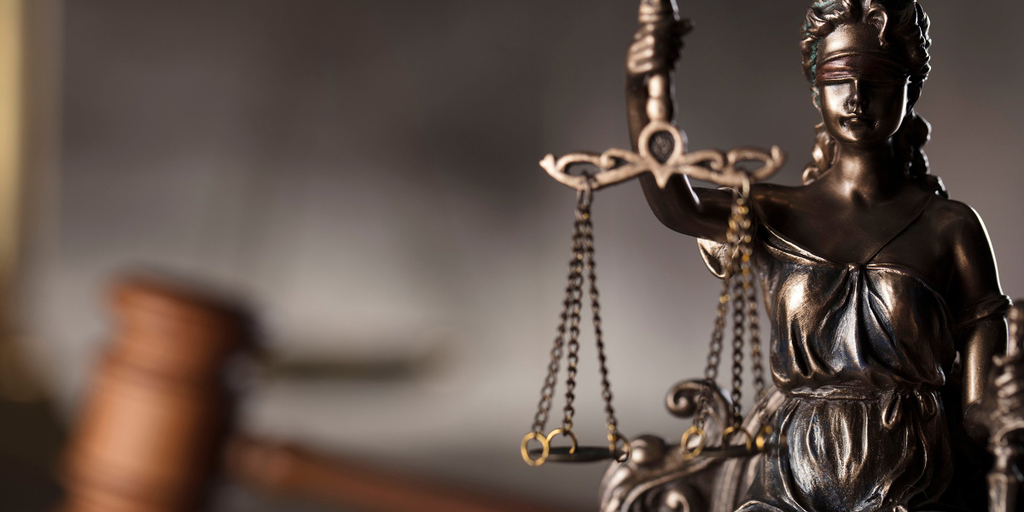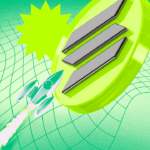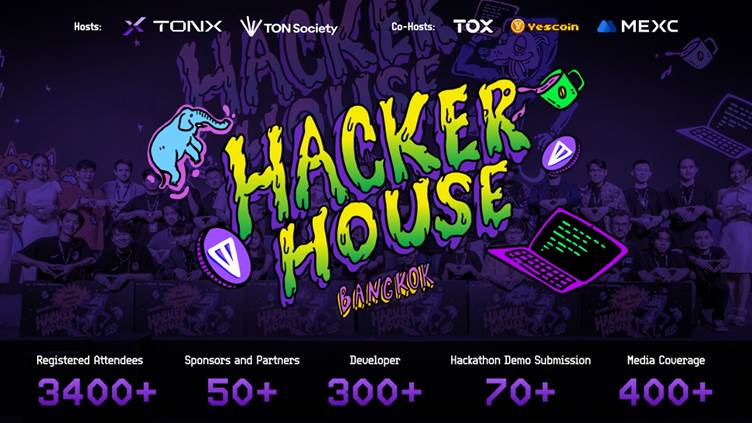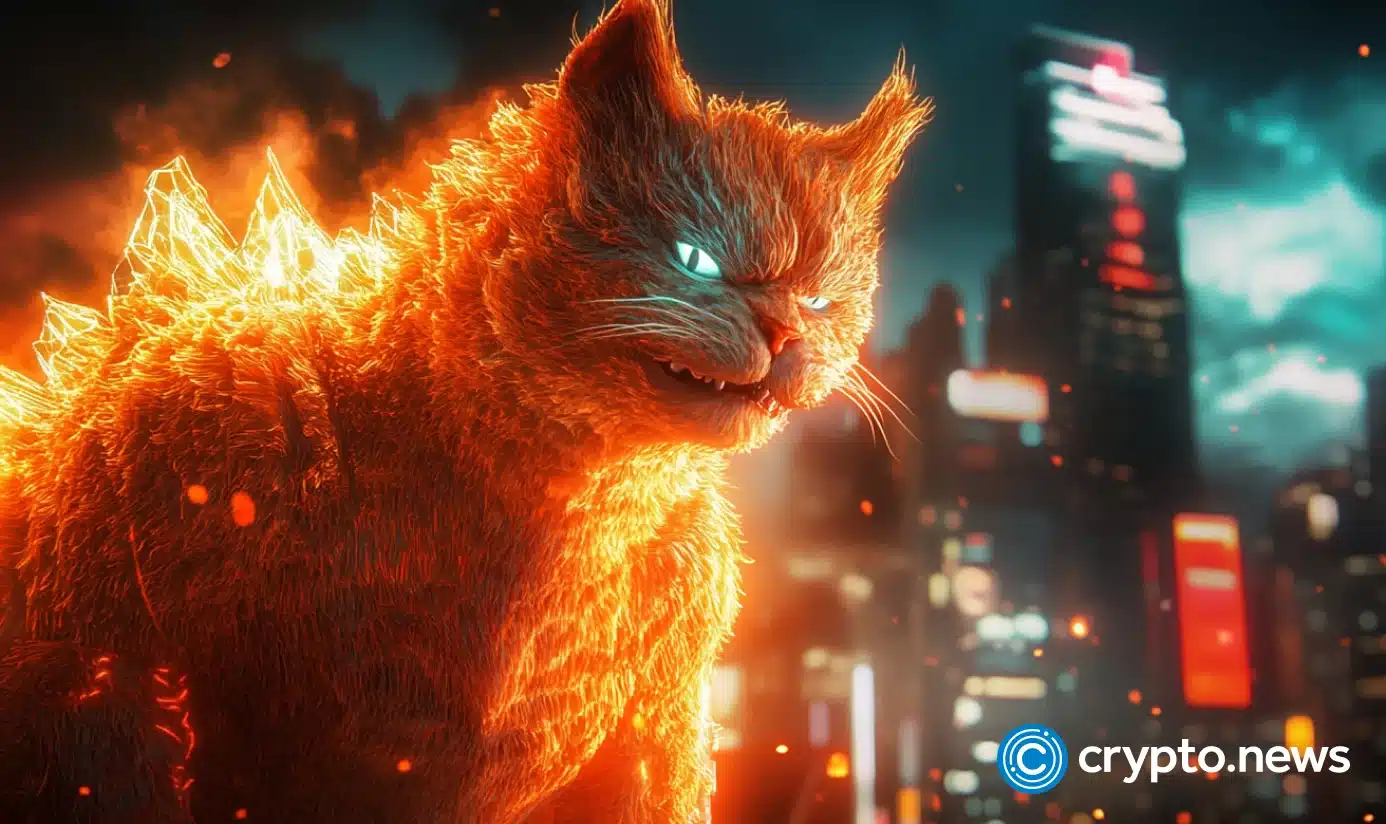
Much of 2024’s meme coin bull run has been pushed by community takeovers. Projects worth hundreds of millions of dollars—such as Billy and Gigachad—ended up controlled by early investors who took the reins after the original developer decided to jump ship, ultimately pushing them to new heights.
Despite not creating the token in the first place, legal experts warn that members of community takeovers (CTOs) could face an array of serious legal issues.
“One of the biggest dangers [for community takeover teams] is going to be misleading marketing, unfair or deceptive trade practices, or maybe even criminal misrepresentation or fraud,” Charlyn Ho, founder and managing partner at Rikka Law, told Decrypt.
Degens all too often overhype projects they’re invested in. However, when that person is in charge of the project, they begin to risk falsely advertising the token. For this reason, Ho explained, it’s important for CTO teams to clearly explain the goal and what is set in stone.
“Some of the issues that have come up in the courts have alleged the founders of these projects, for example, have claimed that their coin was backed by a huge community of investors, but they knew it was not,” Ho added.
For example, Terraform Labs was found guilty of defrauding customers due to stating that Chai—a popular payment app—was being to process and settle payments, despite it not actually being used as stated. That’s a very high-profile example, but Ho believes a similar situation could play out for meme coins.
It’s common for projects to claim that big Crypto Twitter influencers (such as Ansem) have bought into the project, despite no evidence for the claim. In this case, the CTO team could face potential legal trouble.
When a CTO team takes the reins, the original developer or token deployer has likely sold, deleted social accounts tied to the project, and ghosted. This prevents a formal transfer of power to the CTO team, which could cause issues when it comes to intellectual property (IP).
“Is it worth the risk of keeping the same name, the same logo, the same color palette?” said attorney and CEO of AR Media Andrew Rossow, in an interview with Decrypt. “The developer may not even care, but it has to be at least documented somewhere that there was a good faith effort in trying to contact or establish: Are we able to use this?”
This means that CTO teams may be infringing on the IP rights of the original developer—for example, if the original dev had used a photo of their pet dog for the project.
A notable example of this kind of IP skirmish is Shark Cat, where the owner of the Instagram-famous Nala Cat brand fought back after the cat was used without permission in a skyrocketing crypto project. The owner of Nala was unhappy with how their cat was being represented and fought for the project to stop operating. Ultimately, both Nala’s owners and the meme coin project came to a mutual agreement, giving the project an official license to the IP.
We’ve seen another similar example pop up recently when the creator of the iconic Keyboard Cat team gave an official license to two different unofficial meme coins that had used the IP without permission.
While those cases were fought outside of the courts and pertained to IP that the token creator or and CTO team both did not own, similar IP issues could arise if the deployer of a token decides they’re not happy with how their cat, frog, or dog is being depicted.
“[The token creator] would still own the name, image, likeness, and those rights associated with it for the dog, where they could say, ‘Hey, take it down,’” Rossow explained.
Some CTO teams are actually led by the original deployer of a token. Those looking to launch a successful meme coin will create a fresh wallet, create the Pump.fun token, instantly sell, then log into a new wallet and start pushing the project under a different identity.
Primarily, this is to take advantage of the prominent CTO meta, where many degens won’t invest in a project if the dev wallet is still in the mix—due to distrust in a centralized figure. But does this remove any legal responsibility from the individual?
“If whomever creates this dumps their stuff but rejoins the community, not as the official founder but becomes part of the community,” Rossow told Decrypt, “[then] it would be very difficult—unless there is something registered under that person’s name—to say this one person is responsible for all of this.”
That said, if the individual is involved in illegal activity once rejoining the community, then they will be legally responsible.
“This is not a ‘shortcut’ against accountability,” lawyer and Chief Legal Officer at Bitget, Hon Ng, told Decrypt. “If the original creators’ actions are deemed manipulative, fraudulent, or otherwise illegal, they could still face legal consequences.”
By the letter of the law, CTO teams and meme coin developers could face legal consequences—but it’s another question whether these laws will actually be enforced. Attorney Jacob Martin thinks that due to the innate speculative nature of meme coins, it’s less likely that we’ll see serious legal action in this sector.
“It sure seems like meme tokens are going to face far less scrutiny as they are a bit clearer in the facts of where they sit in the stack,” Martin told Decrypt.
Edited by Ryan Ozawa and Andrew Hayward
Daily Debrief Newsletter
Start every day with the top news stories right now, plus original features, a podcast, videos and more.









